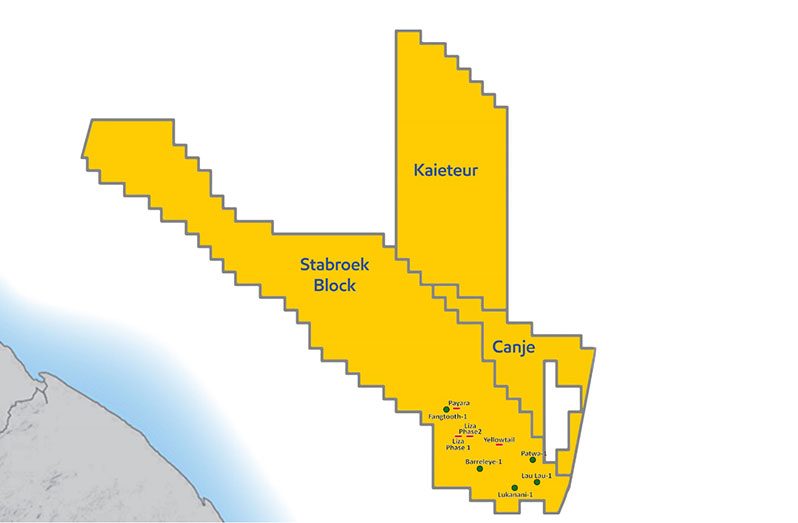ExxonMobil is now required to conduct a second Environmental Impact Assessment (EIA) study, this time for the proposed 24-well campaign in the Canje and Kaieteur Blocks.
The first required EIA relates to Exxon’s massive proposed 35-well campaign in the Stabroek Block.
The Environmental Protection Agency (EPA) initially did not require an EIA for the Canje and Kaieteur campaign. It had said it carefully considered existing environmental baseline information on the Kaieteur Block obtained via two separate assessments in 2019 and 2020 along with information from the conduct of similar campaigns in the Canje Block.
And this decision was upheld by the Environmental Assessment Board (EAB) in a notice published on the website of the EPA on Thursday.
“Considering the contiguous nature of Stabroek, Canje and Kaieteur Blocks, the EAB, agrees with the EPA that sufficient data exists to conclude that any negative impact of the proposed individual projects would be primarily local and short-term,” the EAB outlined in its report to the EPA.
However, it said that “collectively” the impacts of the well campaigns need further examination. This was the basis for now ordering another EIA.
“Given the increasing drilling activity on the Stabroek Block and its proximity to the Canje and Kaieteur Blocks along with the number of wells proposed to be drilled, the EAB has decided that the Operator must conduct an Environmental Impact Assessment of the Cumulative Impacts of the activities within each project in keeping with Section 17 of the Environmental Protection Act along with an updated baseline assessment,” the EAB decided.
Additionally, considering that the project will see a number of wells being plugged and abandoned after drilling. This, according to the EAB, presents “some risks” or Green House Gas (GHG) leaks.
And as such, it recommended that the EPA consider a GHG Management Plan “in the permitting condition for these wells when they are plugged and abandoned.”
With Exxon now required to conduct two EIAs, there could be a delay in kickstarting this massive drill campaign. Exxon had anticipated a start period of Q3 in 2023 for the Stabroek drill campaign. With Kaieteur and Canje, the start date was set for late 2022.



